How To Fix Windows Update Error 0x80070643: 2025 Guide
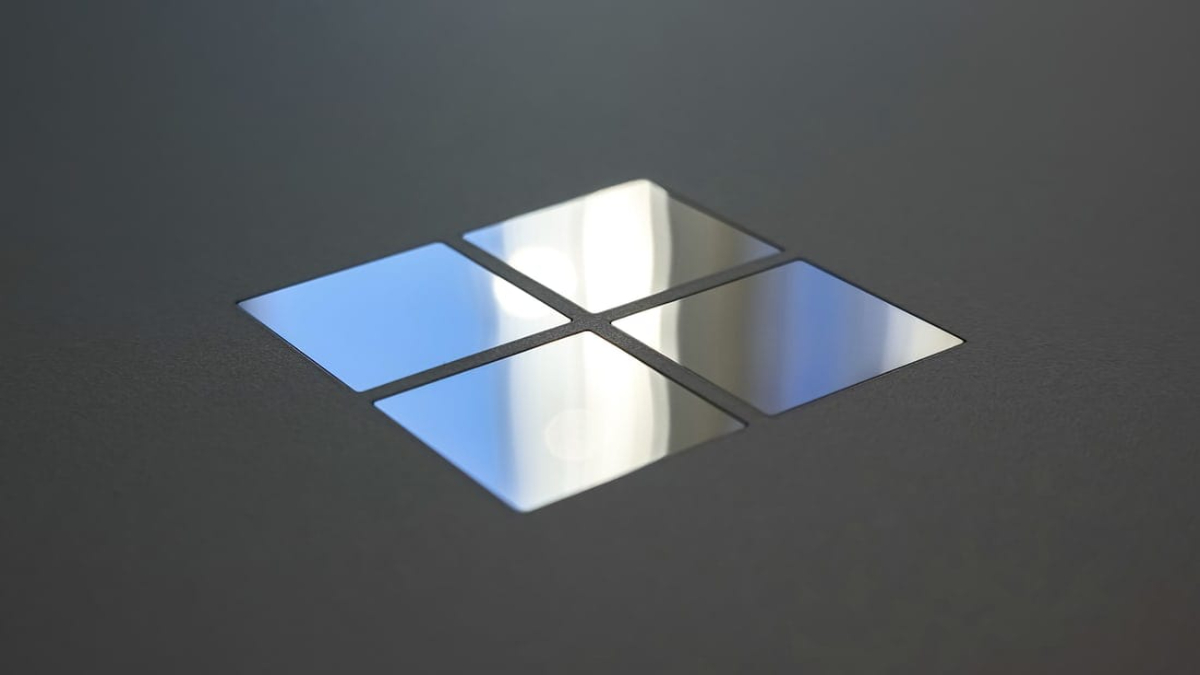
Windows Update Error 0x80070643 usually occurs when something goes wrong during an update. Unfortunately, since there can be several reasons behind this error, the troubleshooting tips can range from just a simple restart to repairing the .NET Framework. Let’s take a look at the solutions in detail.
What Causes The Windows Update Error 0x80070643?
The Windows Update Error 0x80070643 error usually occurs inside the Windows Update utility, and is accompanied by one of two messages:
- There were some problems installing updates, but we’ll try again later. If you keep seeing this and want to search the web or contact support for information, this may help: (0x80070643).
- Failed to install on [date] – 0x80070643.
Some underlying causes of the errors can include corrupted Windows system files, issues with the .NET Framework, corrupted registry entries, incomplete installations of previous Windows updates, and conflicts with Antivirus programs.
Troubleshoot Windows Update Error 0x80070643
Before proceeding, we recommend restarting your PC and trying the update again. A quick restart flushes the memory and can help solve issues relating to the RAM or storage. If the error still persists, here are some of the methods you can try:
1. Restart Windows Update Services
The most common cause of error 0x80070643 is a glitch in the Windows Update service. Restarting the service may resolve the issue. Here’s how:
- Press Windows + R, then type services.msc, to open the Services app.
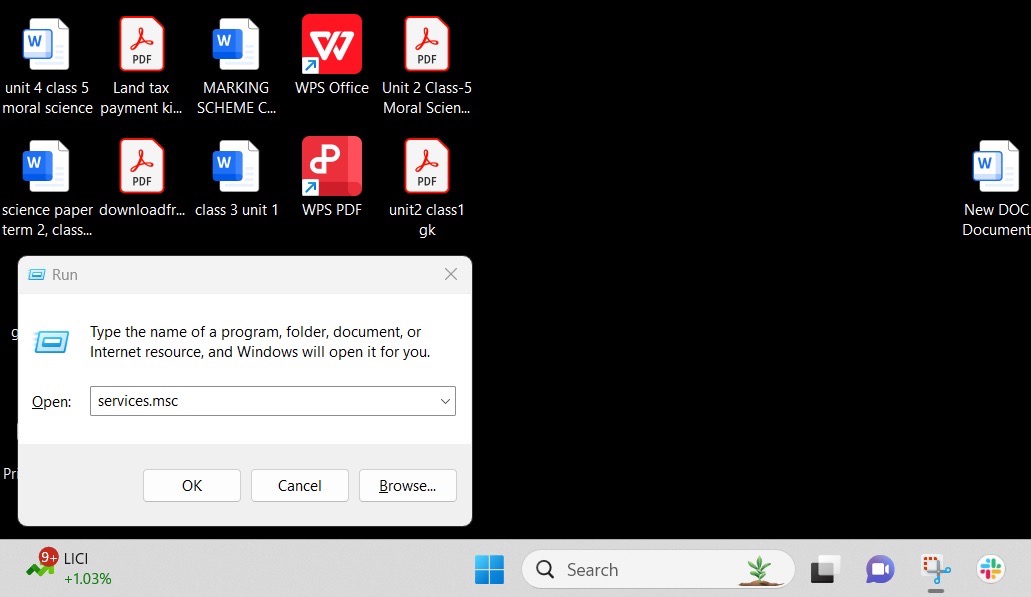
- Navigate to Background Intelligent Transfer Service (BITS) > Windows update.
- Right-click on the service and select Restart.
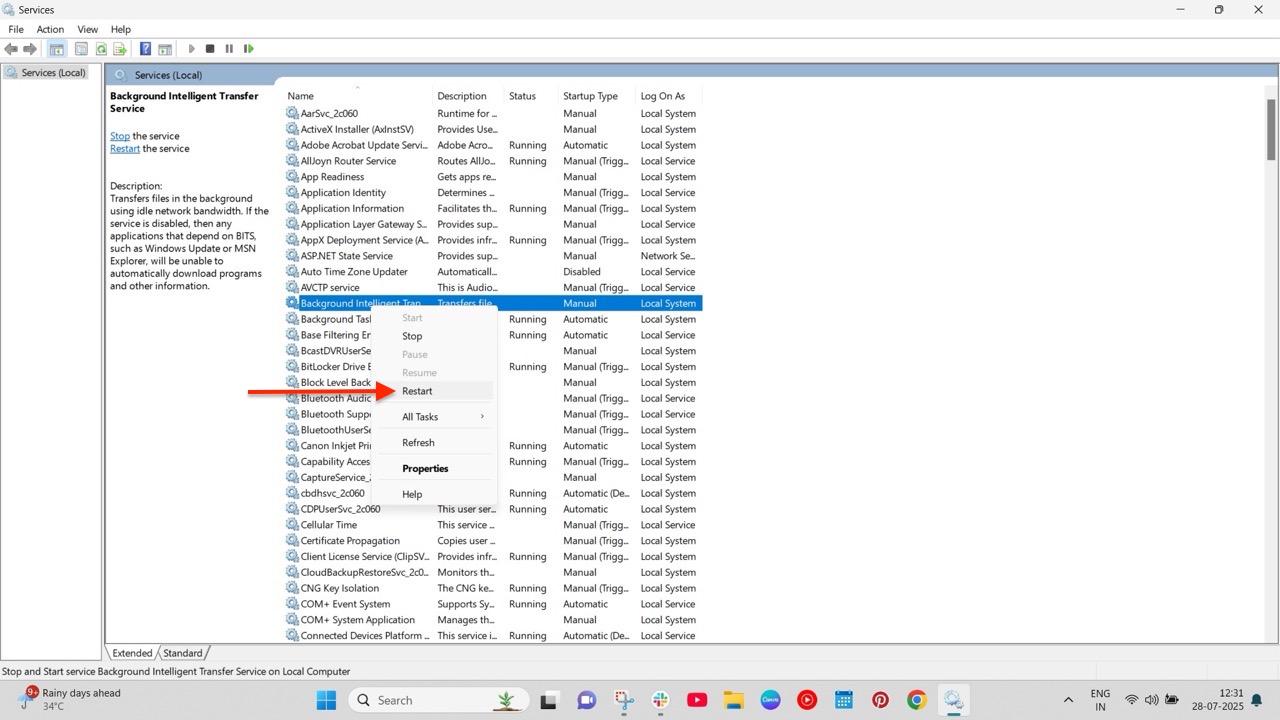
2. Run the Windows Update Troubleshooter
The Windows Error Troubleshooter scans your PC for potential issues that could be causing Windows updates to fail. To do so:
- Open the Settings app, and navigate to Update & Security > Troubleshoot > Additional troubleshooter.
- Select Windows Update and click Run the Troubleshooter.
The troubleshooter will now run and identify the root cause of the problem. Follow the on-screen instructions carefully.
3. Repair the .NET Framework
The .NET Framework is used for building and running applications on Windows. It provides a common platform consisting of a runtime environment and different libraries. But like any other software, the framework can get corrupted and cause errors with Windows updates. Fortunately, there is a framework repair tool for such cases. To use it:
- Head to the .NET Framework Repair Tool website and download it.
- Open the tool and follow the on-screen instructions.
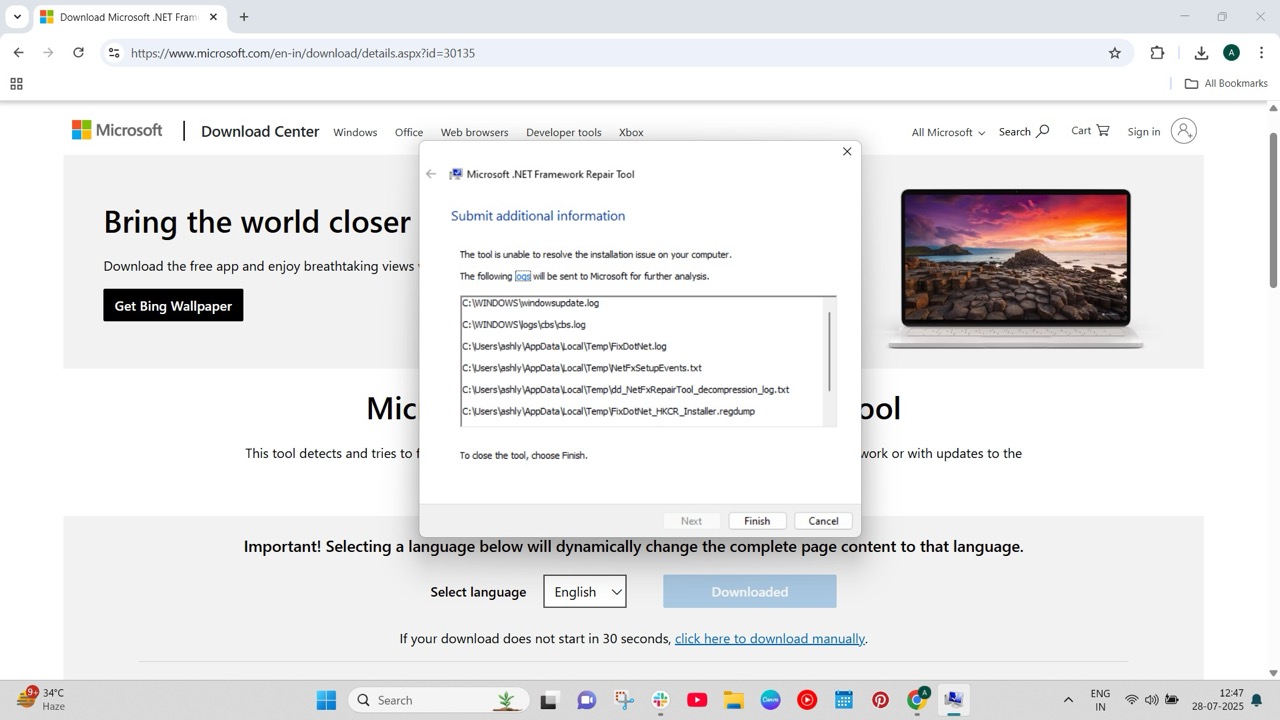
- After the repair, restart your system.
4. Disable Antivirus Software
If you have a third-party antivirus software, such as McAfee, installed on your PC, it may be interfering with Windows Update and blocking key files from installation, which can cause the error.
We recommend temporarily disabling the anti-virus software and trying the update again. Remember to re-enable the program after updating.
5. Do a System File Check
As stated above, corrupted system files can be the root cause of the problem. Performing a system file check can identify missing files and help you fix them. Here’s how:
- Open Command Prompt with administrator privileges.
- Run the commands given below:
sfc /scannow
DISM.exe /Online /Cleanup-image /Restorehealth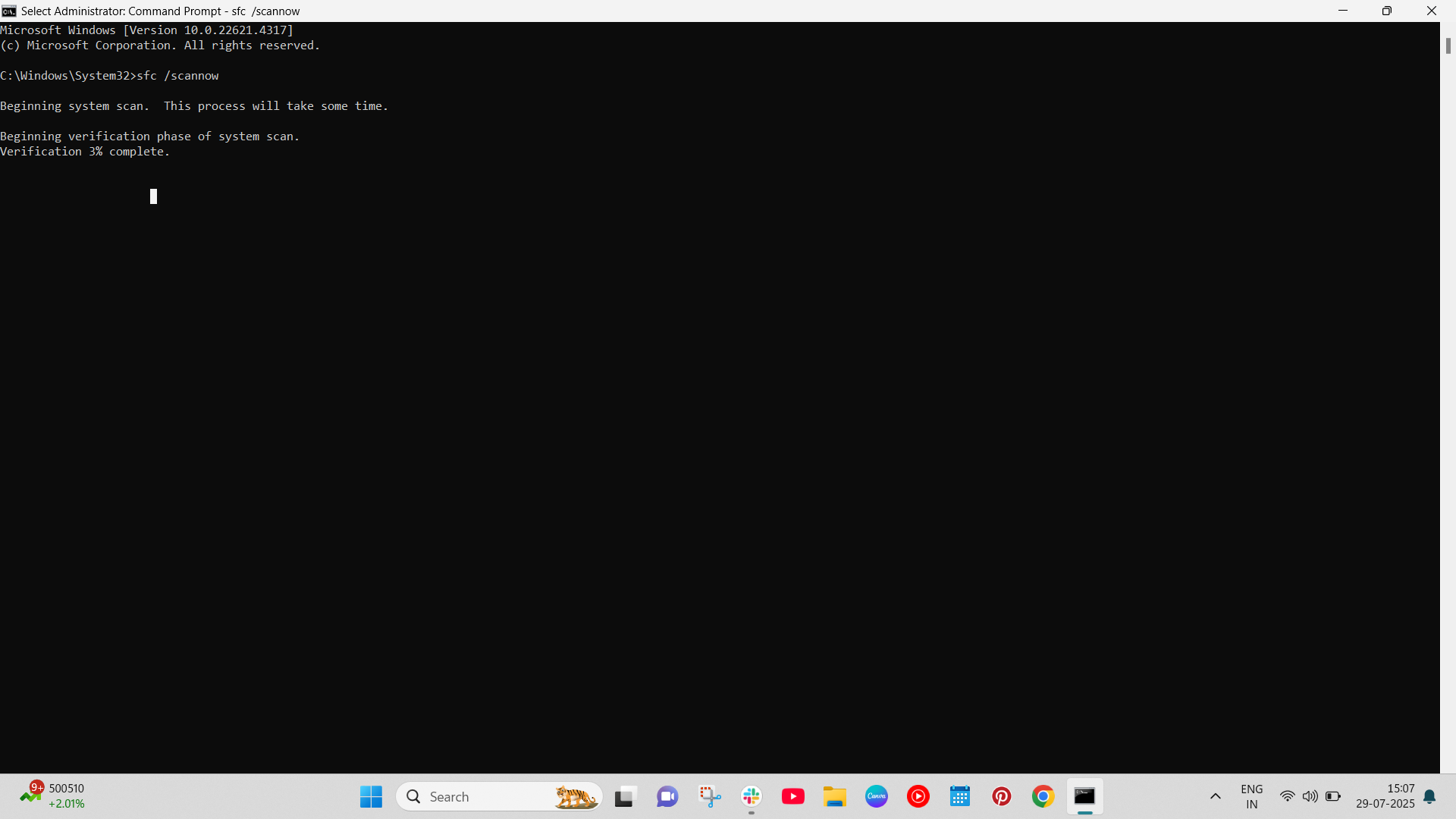
This command will locate the missing system files and replace them with the appropriate ones from the internet.
Conclusion
That’s it. We hope one of our solutions helped you solve the infamous Windows Update Error 0x80070643. However, if the issue still persists, we recommend contacting Microsoft’s customer service and explaining the issue to them.






